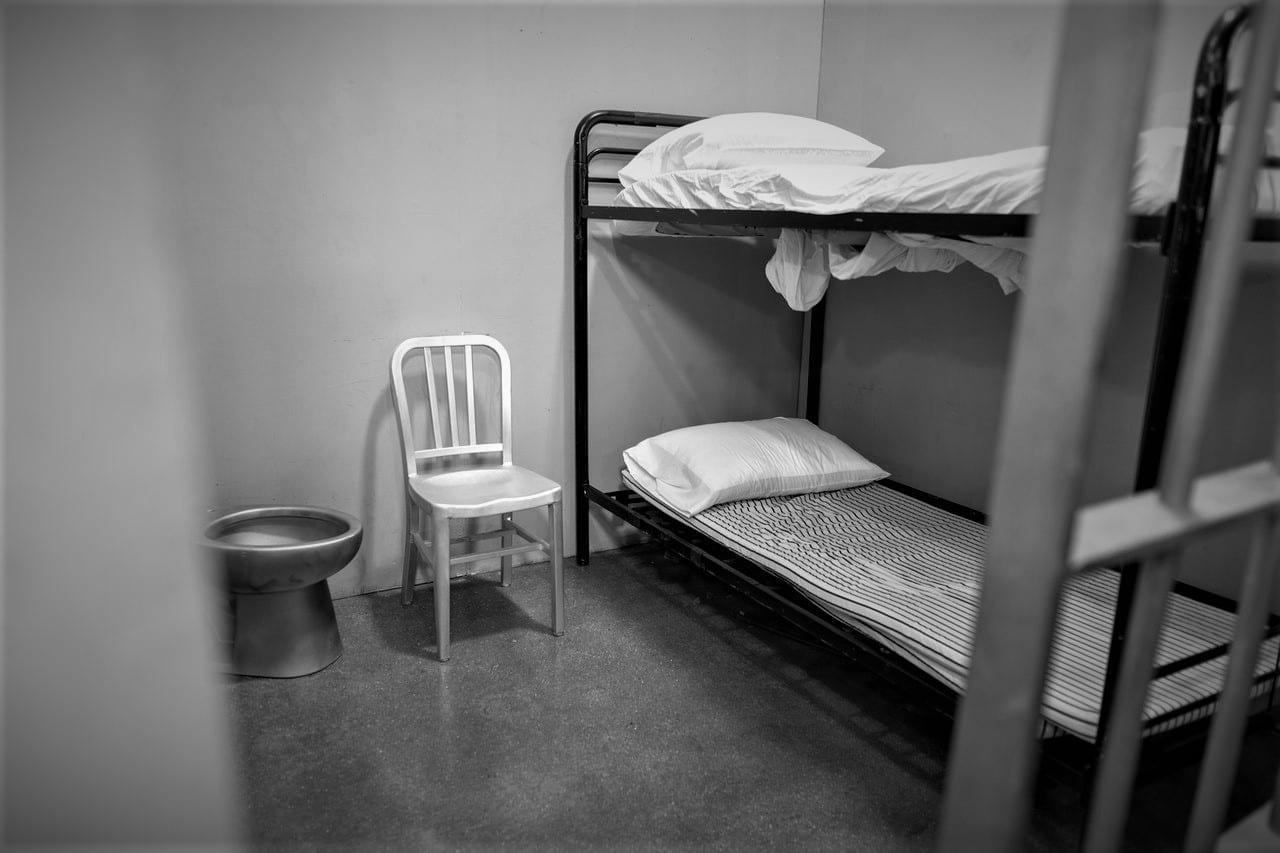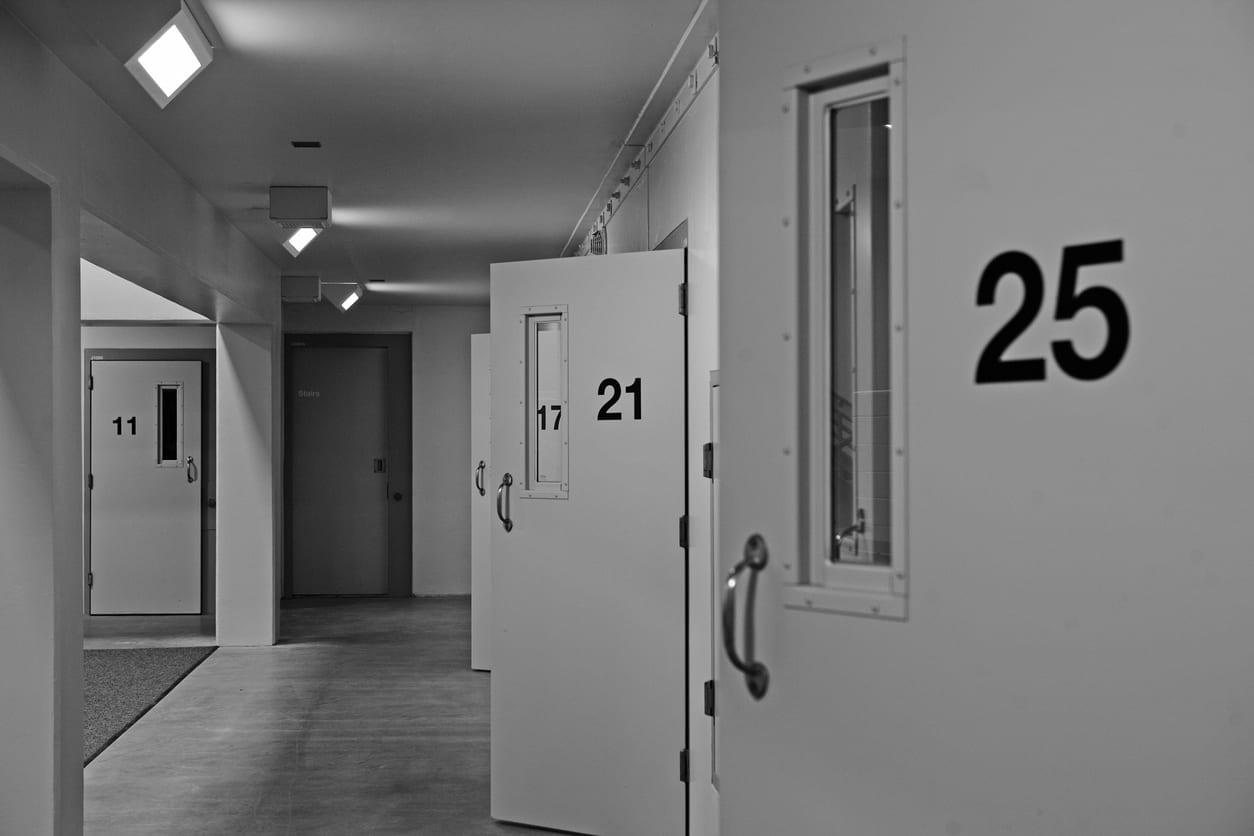When a judge orders you to prison, you likely have a lot of questions. These questions can range of complex to simple. You might ask what legal options you have to overturn your conviction or get released. You also might ask whether you’ll be safe or what food you’ll eat. Another simple but important question focuses on your life in prison. What type of living conditions are required in prison?
What living conditions are prisons required to provide?
The Eighth Amendment stops the government from using cruel and unusual punishment. But courts have made it clear that this isn’t a high bar, especially when it comes to everyday prison conditions.
There is not a nationwide set of rules for every prison. But many groups like the American Bar Association have identified things that prisons should provide:
- clean and well-maintained facilities,
- an appropriate temperature,
- adequately sized cells,
- access to showers and other hygiene care,
- legal materials,
- healthy and regular meals,
- education and programs, and
- much more.
There are times when prison officials can’t provide these things. Examples include during lockdown or an emergency. But these are examples of what prisons should provide.

Where do prisons fall short?
Despite these general requirements, prisons often fall short. Examples of these failures include prison cells, overcrowding and more.
What does a prison cell look like?
Government officials design prisons in a way to make prisoners feel stuck. They want to send the message that prison officials, not prisoners, hold all of the control. Prison cells are usually cement boxes roughly the size of a parking space. They have metal or cement beds (or bunkbeds) with thin mattresses. There is a sink and toilet in the cell with no privacy at all. Some cells might have a metal desk that can’t move and even a small, always-shut window.
These utilitarian-style spaces don’t encourage — or even allow — person-to-person or group interaction. Even the group areas like the yard don’t encourage positive interactions either. Instead, they usually look more like cages holding animals. In fact, a California court has even described one prison’s housing as “hauntingly similar to that of caged felines pacing in a zoo.”
What is prison overcrowding?
Prison cells are often inhumane by themselves. But prison living conditions get even worse when you consider overcrowding. Prisons have a certain number of incarcerated people they can hold. In the U.S., many prisons are at — or even above — those limits. About half the states in the country and the federal government had their prisons at or above 100% capacity in the past ten years alone.
Overcrowding leads to a lot of bad consequences, and those fall on prisoners. Overcrowding limits the programs and activities available to people in prison. It shortens things like “rec” time, mealtime and access to phones, visitation and staff. It also leads prisons to have incarcerated people sleep in classrooms and gyms instead of their own cells. Overcrowding also makes it harder for incarcerated people to get the care they need. This, in turn, puts their lives and health in jeopardy.
What about meals, programs and more?
Problems with cells and overcrowding are just examples of where prisons fall short. They also struggle to provide clean facilities and don’t always have regular or quality food. They also aren’t able to ensure enough shower and care access. The conditions of solitary confinement are even more alarming in some prisons, too.
The Takeaway:
The type of living conditions in most prisons aren’t good. There are certain requirements and standards. But most prisons don’t face accountability for the conditions they provide their charges.






